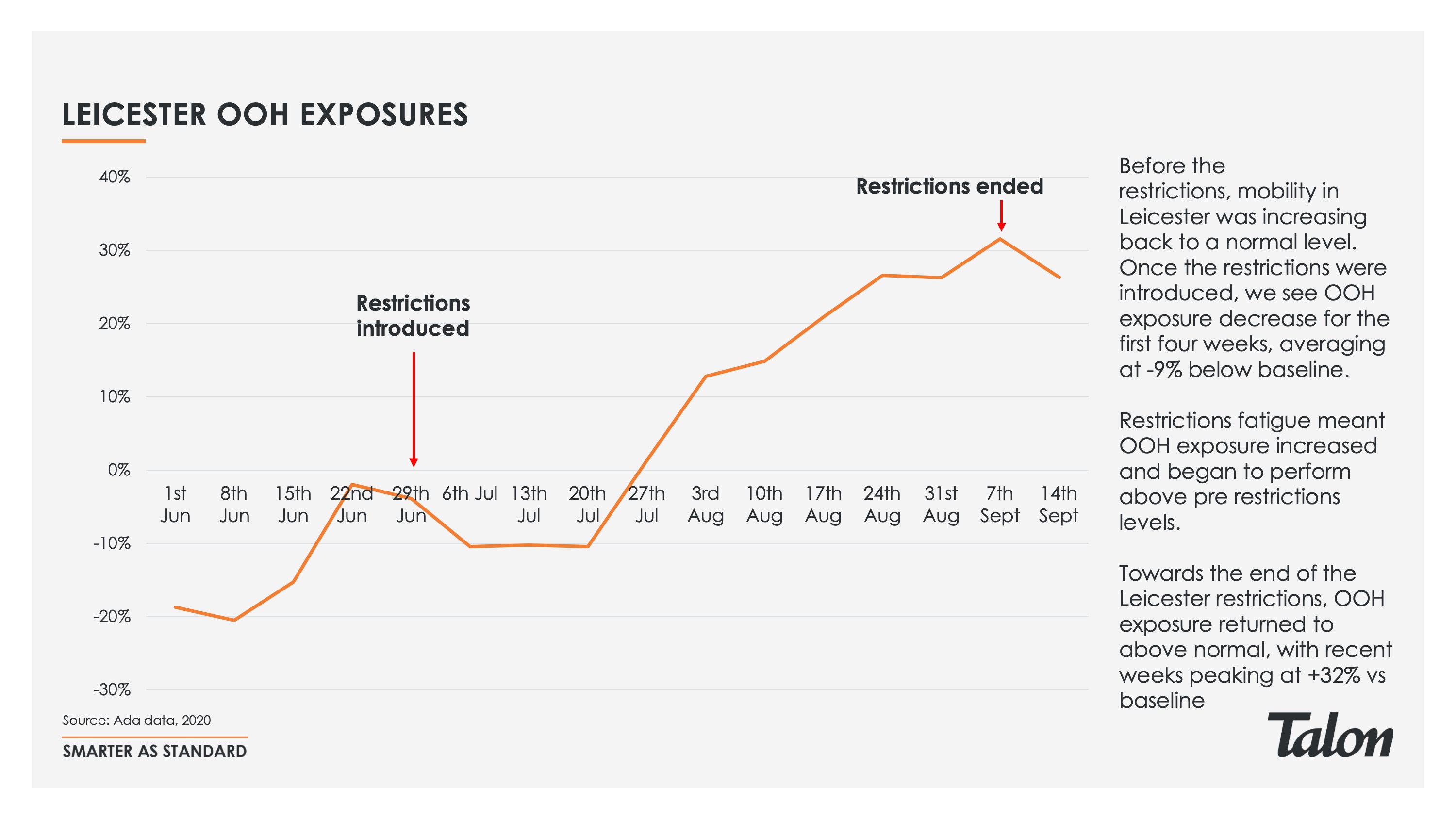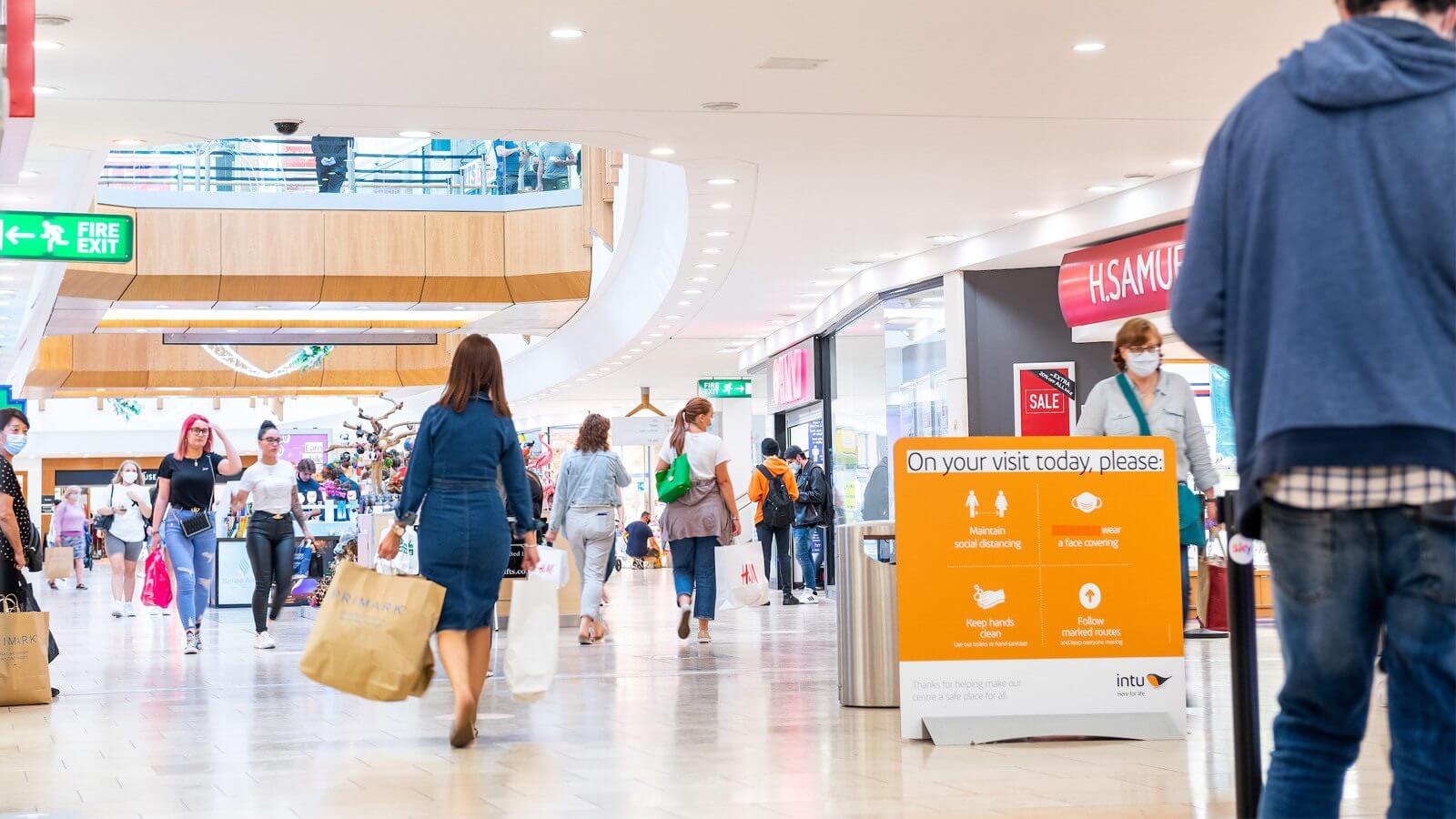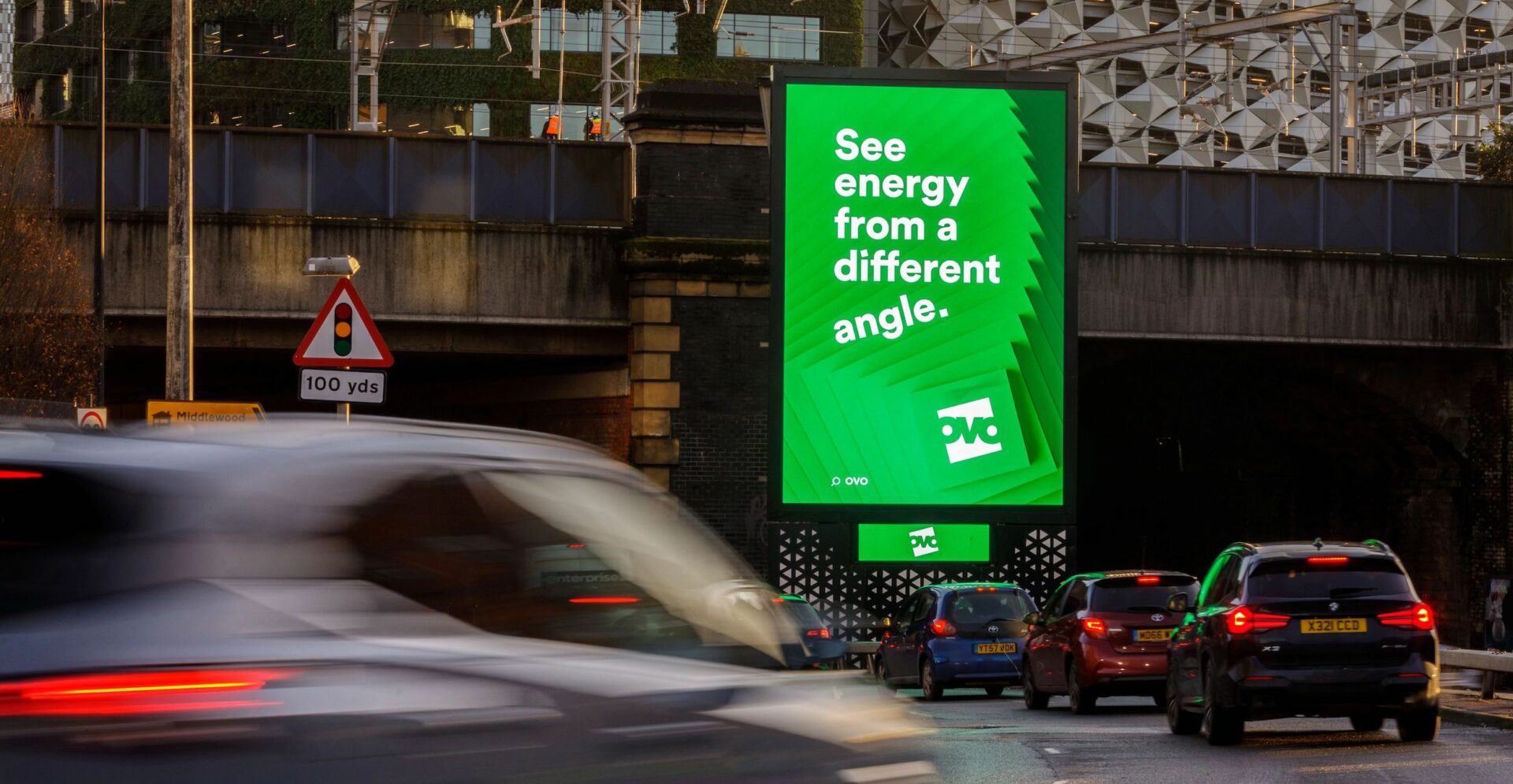Ada Analysis: Local Restrictions Had Little Effect on Out of Home Exposure
Throughout 2020, Ada, Talon’s Out of Home data management platform, has been evaluating the effects of COVID-19 on OOH audiences and their behaviours.
Analyzing Local Restrictions’ Impact on OOH Exposure
Since the initial lockdown in March to “Super Saturday” and the Government’s Eat Out to Help Out scheme, Ada has been at the forefront of understanding these changes.
Recent updates have imposed local restrictions in various areas across the country. Whilst the detailed measures of these local restrictions vary by area, there has currently been no stay at home mandate issued. Using Ada we have been analysing the effect these local restrictions have had on OOH exposure with specific reference to the cities affected by these measures. The data revealed some common themes.

From the 1st June to the 14th September, Ada data has shown that local restrictions in Leicester, Luton and Bolton had a minimal impact on OOH exposure and that audiences recover quickly as people continue their Out of Home activities.

In June, Leicester was the first city to go into local lockdown. Before these restrictions, mobility in Leicester was increasing back to a normal level. Once the new restrictions were introduced, we saw OOH exposure decrease very slightly across a four week period before restriction fatigue began to set in at the end of July. This shift pushed audiences back well above previous levels. Throughout July OOH exposure continued to increase, peaking at +32% vs the baseline.
In Greater Manchester, we found minimal effect on exposure to OOH since local restrictions were introduced towards the end of August. For the latest 4 weeks, exposure to OOH has remained stable and well above the baseline at an average of +58%. Through Ada analysis, we can see that during the restricted periods, mobility stabilises and broadly stays in line with the weeks prior to the new measures.
In areas where local restrictions have been lifted, such as Luton and Leicester, exposure levels have quickly recovered to normal and in some instances, now exceed the pre-Covid baseline. We also found that despite local lockdowns, rail station visits remained stable.
Through Ada, we found that in most cities facing local lockdowns, visits to key Points of Interest (POIs) such as malls and supermarkets saw the most notable change. The decrease of visitation to these POIs is due to newly imposed curfews and some sectors closing again.
In Leicester, POI exposure decreased marginally within the first few weeks. However, as restriction fatigue quickly set in, visits increased rapidly as more people travel around the city and suburbs. When these restrictions ended, we saw POI visits peak at the highest level since the Covid-19 outbreak.
Ada data is refreshed on a weekly basis providing an opportunity for us to analyse and understand recent changes in regulations and the effect they have on OOH exposure. Using this insight, we are able to provide our clients with flexible trading metrics reflecting actual audience levels.
The picture remains consistent around local lockdowns and restrictions imposed, now we have the longevity of data to review. Despite a slight decrease in OOH impacts for the initial weeks of the restrictions, the long-term impact on OOH exposure is shown by Ada to be minimal.
For more information about Ada audiences, as well as our latest initiative showing audiences out of home, please see here.




